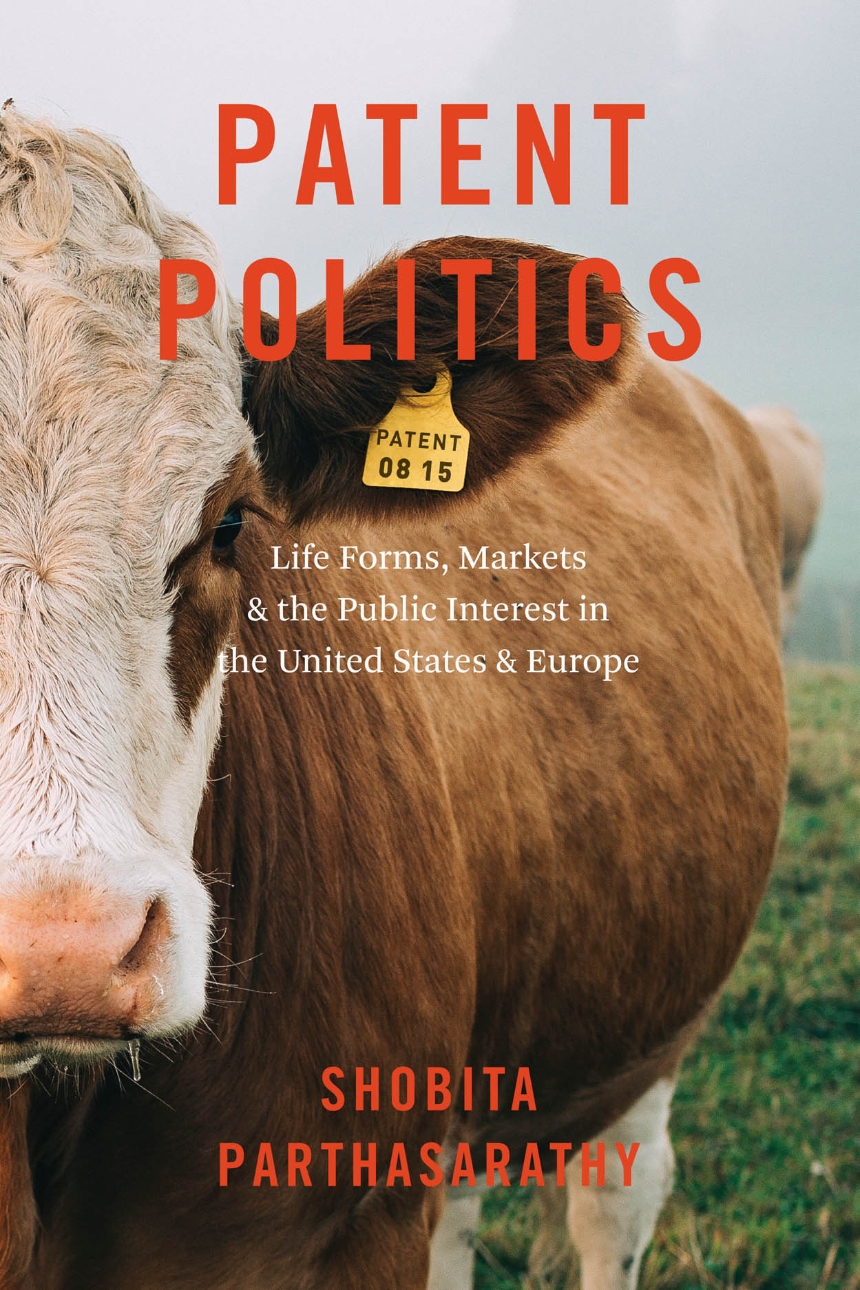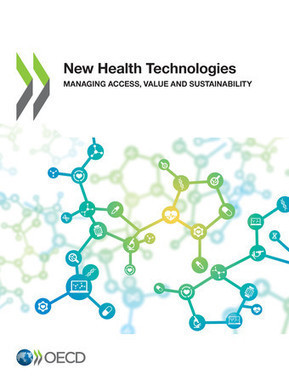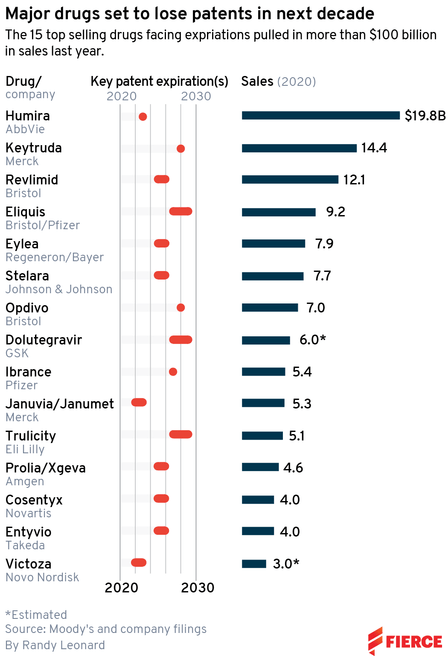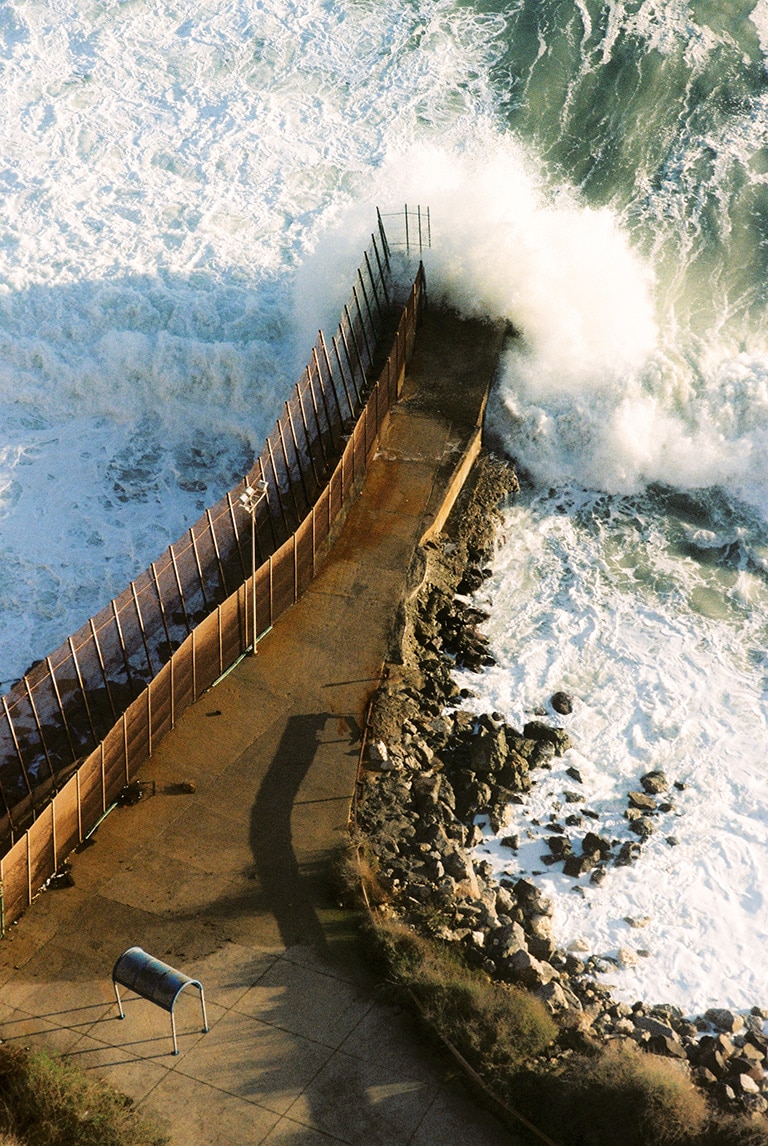Drugs, Money, and Secret Handshakes
Llibre resumit amb IA
El llibre "Drugs, Money, and Secret Handshakes: The Unstoppable Growth of Prescription Drug Prices" de Robin Feldman, publicat el 2019 per Cambridge University Press, ofereix una anàlisi detallada de les complexes estructures d'incentius que condueixen a l'augment imparable dels preus dels medicaments amb recepta als Estats Units.
Feldman argumenta que el sistema farmacèutic està ple d'incentius perversos de presa de beneficis que beneficien a una àmplia gamma d'actors, inclosos metges, clíniques, hospitals, gestors de beneficis de farmàcia (PBMs), companyies farmacèutiques de marca, plans de salut, programes d'assistència al pacient i grups de defensa dels pacients. Els fluxos de pagament estan estructurats de manera que els preus més alts beneficien els intermediaris que haurien de ser els vigilants dels pacients. A causa d'aquestes estructures d'incentius, els medicaments de preu més alt reben un tractament de reemborsament més favorable, i els pacients són dirigits cap a medicaments més costosos.
El llibre revela que, malgrat el secretisme extrem de la indústria, s'han filtrat detalls a través de documents judicials, informes governamentals, informes als accionistes, accions estatals de Medicaid i informes d'iniciats de la indústria. A partir d'aquestes fonts originals, Feldman presenta una imatge completa de les estructures d'incentius perverses.
L'Introducció estableix el problema de l'augment dels preus dels medicaments i el dany que causa als consumidors i als contribuents. També anticipa que el llibre proposa enfocaments per alinear millor els incentius i analitza les deficiències d'algunes propostes populars.
El llibre s'estructura en sis capítols principals:
- Capítol 2: The Landscape (El Panorama) descriu l'abast de l'augment dels preus i els efectes econòmics.
- Capítol 3: Pharmacy Benefit Managers and Insurers (Gestors de Beneficis de Farmàcia i Asseguradores) explica com les estructures d'incentius dels PBMs i les companyies d'assegurances impulsen els preus a l'alça. El llibre detalla la manca de transparència en les transaccions de preus dels medicaments, on la informació sobre el preu per unitat i els descomptes (rebates) sovint es troba oculta en contractes complexos. Els plans de salut poden tenir dificultats per obtenir i interpretar aquesta informació. Els PBMs negocien rebaixes amb les companyies farmacèutiques i, a canvi d'aquests pagaments de "persuasió", poden situar els productes de les companyies en una posició avantatjosa al seu formulari o fins i tot excloure completament els medicaments competidors. Es menciona que els PBMs poden beneficiar-se de la diferència entre el preu negociat i les tarifes de reemborsament.
- Capítol 4: Pharmacies, Doctors, and Patient Groups (Farmàcies, Metges i Grups de Pacients) examina com les estructures d'incentius per a aquests actors també contribueixen a l'augment dels preus. Es discuteix com els PBMs i les companyies farmacèutiques poden utilitzar dades per influir en els hàbits de prescripció dels metges, afavorint potencialment medicaments més cars. També s'aborda el paper dels grups de defensa dels pacients, que poden rebre donacions de les companyies farmacèutiques, creant possibles conflictes d'interès.
- Capítol 5: May Your Drug Price Be Ever Green (Que el Preu del Teu Medicament Sigui Sempre Verd) explora el marc més ampli en què les companyies farmacèutiques mantenen fora els competidors de preu més baix, demostrant que, en el procés, les companyies reutilitzen i readapten principalment medicaments antics en lloc de crear-ne de nous. Aquest concepte es coneix com a "evergreening", que inclou estratègies com l'addició de patents secundàries per a canvis menors en els medicaments (com la dosificació o els sistemes de distribució), l'addició de codis d'ús a les patents i l'explotació d'exclusivitats reguladores com l'exclusivitat per a medicaments orfes. El simple fet d'enumerar una patent a l'Orange Book (llista de la FDA de medicaments aprovats i patents relacionades) pot bloquejar o retardar la competència, fins i tot si aquesta patent no cobreix realment el medicament. El capítol presenta una anàlisi empírica de més d'una dècada de dades de la FDA per estudiar aquestes estratègies. La recopilació i anàlisi d'aquest conjunt de dades va requerir un esforç considerable a causa de la manca de transparència de la indústria. El conjunt de dades s'ha posat a disposició del públic per a futures investigacions.
- Capítol 6: Solutions (Solucions) suggereix com començar a reorientar els incentius de la indústria amb els interessos de la societat.
En resum, "Drugs, Money, and Secret Handshakes" ofereix una investigació exhaustiva i basada en evidències de les forces econòmiques i les complexes relacions que impulsen l'augment dels preus dels medicaments amb recepta, destacant la manca de transparència i les estructures d'incentius perverses que perjudiquen els consumidors i la societat en general.



















